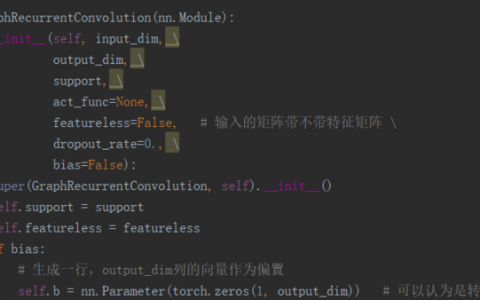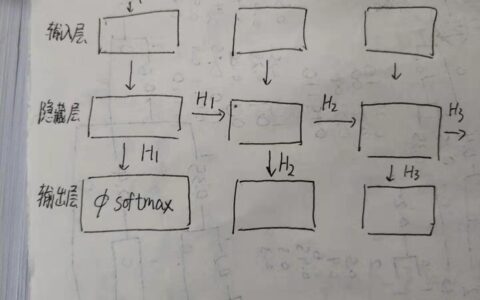1 #!/usr/bin/env python 2 # -*- coding: utf-8 -*- 3 # @Time : 2017/8/1 21:58 4 # @Author : banshaohuan 5 # @File : SKLearnExample.py 6 # @Software: PyCharm 7 8 from sklearn import svm 9 10 x = [[2, 0], [1, 1], [2, 3]] 11 y = [0, 0, 1] # 将上面的三个点进行分类,用0、1代表 12 clf = svm.SVC(kernel="linear") # 方程SVC 13 clf.fit(x, y) # 建立分类器模型,参数一:list,每一行代表一个实例;参数二:每一个实例所对应的label 14 15 print(clf) 16 17 print(clf.support_vectors_) # support_vectors_:支持向量是哪几个 18 19 print(clf.support_) # support_:支持向量点的下标 20 21 print(clf.n_support_) # n_support_:分好的每个类中有几个支持向量 22 23 print(clf.predict([2, 0])) # 对存在的点进行分类
难一点的
1 #!/usr/bin/env python 2 # -*- coding: utf-8 -*- 3 # @Time : 2017/8/1 22:14 4 # @Author : banshaohuan 5 # @File : SKLearnExampleHard.py 6 # @Software: PyCharm 7 8 print(__doc__) 9 10 import numpy as np 11 import pylab as pl 12 from sklearn import svm 13 14 np.random.seed(0) # 固定一下每次运行时随机产生的数不变 15 X = np.r_[np.random.randn(20, 2) - [2, 2], np.random.randn(20, 2) + [2, 2]] # 随机产生一些点,让他们能够通过一条线分开 16 Y = [0] * 20 + [1] * 20 17 18 # 建立模型 19 clf = svm.SVC(kernel='linear') 20 clf.fit(X, Y) 21 22 w = clf.coef_[0] 23 a = -w[0] / w[1] # 计算斜率 24 xx = np.linspace(-5, 5) # 产生一些连续的x的值 25 yy = a * xx - (clf.intercept_[0]) / w[1] 26 27 b = clf.support_vectors_[0] 28 yy_down = a * xx + (b[1] - a * b[0]) 29 b = clf.support_vectors_[-1] 30 yy_up = a * xx + (b[1] - a * b[0]) 31 32 print('w: ', w) 33 print('a:',a) 34 35 print('support_vectors_: ', clf.support_vectors_) 36 print('coef_: ', clf.coef_) 37 38 39 pl.plot(xx, yy, 'k-') 40 pl.plot(xx, yy_down, 'k--') 41 pl.plot(xx, yy_up, 'k--') 42 43 pl.scatter(clf.support_vectors_[:, 0], clf.support_vectors_[:, 1], s=80, facecolors='none') 44 45 pl.scatter(X[:, 0], X[:, 1], c=Y, cmap=pl.cm.Paired) 46 47 pl.axis('tight') 48 pl.show()
本站文章如无特殊说明,均为本站原创,如若转载,请注明出处:机器学习–支持向量机 - Python技术站


 微信扫一扫
微信扫一扫  支付宝扫一扫
支付宝扫一扫 


